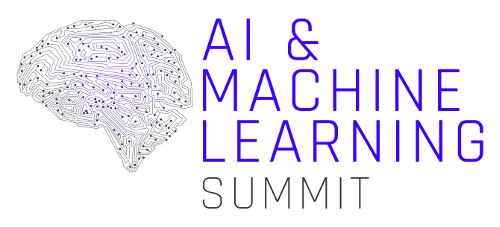

UAI 2017 - Tutorials
Methods and models for large-scale optimization
John C. Duchi, Stanford UniversityVideo
In this tutorial, we cover a biased view of recent movements in optimization and its intersection with machine learning and statistics, with an eye toward applying these algorithms. Broadly, we believe these advances lie in two major areas: the first is in large-scale stochastic optimization problems, where the growing size in dataset - both in sample size and dimension - due to the amount of information we track and collect has led to substantial research in the optimization literature. The second is a more recent trend toward non-convex optimization problems. While, as Rockafellar notes, the justifiable dogma in optimization is that "the great watershed in optimization isnt between linearity and nonlinearity, but convexity and nonconvexity," a number of problems in statistics that are nominally non-convex are in fact still (with high probability) easy to solve using simple gradient-based and other methods. Unifying both of these trends is that the inherent randomness in the problems we solve - sampling randomness from collecting data - lends itself to simple optimization methods with convergence guarantees that are, at least, good enough. Our tutorial addresses these trends in three parts: first, by covering methods for large-scale stochastic optimization, second, by discussing optimization models that arise in large-scale problems, and third, by showing how non-convex problems arising from various nice stochastic problems are in practice (and in theory) relatively easy.
Representing and comparing probabilities with (and without) kernels
Arthur Gretton, University College LondonVideo Slides 1 Slides 2
The purpose of this tutorial is to provide an introduction to distribution embeddings and their applications, with a focus on recent tools (from 2014-2017) developed to represent and compare probabilty distributions. The first part of the talk will focus entirely on the representation of probability distributions, using both kernel methods and explicit features. The focus will be on designing kernels or features to make two distributions as distinguishable as possible. The second part of the talk will focus on more sophisticated applications of distribution representations: model criticism (using Stein's method to test against a parametric model), learning from probabilities as inputs, testing for independence and testing multi-way interaction. I might also touch on the problem of testing where the inputs are time series.
Deep Generative Models
Shakir Mohamed and Danilo Rezende, DeepMindVideo Slides
This tutorial will be a review of recent advances in deep generative models. Generative models have a long history at UAI and recent methods have combined the generality of probabilistic reasoning with the scalability of deep learning to develop learning algorithms that have been applied to a wide variety of problems giving state-of-the-art results in image generation, text-to-speech synthesis, and image captioning, amongst many others. Advances in deep generative models are at the forefront of deep learning research because of the promise they offer for allowing data-efficient learning, and for model-based reinforcement learning. At the end of this tutorial, audience member will have a full understanding of the latest advances in generative modelling covering three of the active types of models: Markov models, latent variable models and implicit models, and how these models can be scaled to high-dimensional data. The tutorial will expose many questions that remain in this area, and for which there remains a great deal of opportunity from members of the UAI community.
Machine Learning and Counterfactual Reasoning for "Personalized" Decision-Making in Healthcare
Suchi Saria and Hossein Soleimani, Johns Hopkins UniversityVideo Slides
Electronic health records and high throughput measurement technologies are changing the practice of healthcare to become more algorithmic and data-driven. This offers an exciting opportunity for statistical machine learning techniques to impact healthcare. The aim of this tutorial is to introduce you to challenges and techniques for developing “personalized decision-making” tools in medicine. Example topics covered will include: scalable joint models for forecasting risk from "messy" clinical streams, estimating individualized treatment response in populations with heterogeneous treatment effects, and examples of counterfactual reasoning or "what-if" analysis for decision-making. We will also cover example data sources and describe ongoing national initiatives that provide a way for you to get involved. Target audience: The majority of this tutorial will be targeted at an audience with basic machine learning knowledge. No background in medicine or health care is needed. We will make our slides and any relevant documents accessible after the talk.
Golden Sponsor

Golden Sponsor

Golden Sponsor

Bronze Sponsor

Bronze Sponsor

Training session Sponsorship

Startup Sponsor

Media Sponsor
